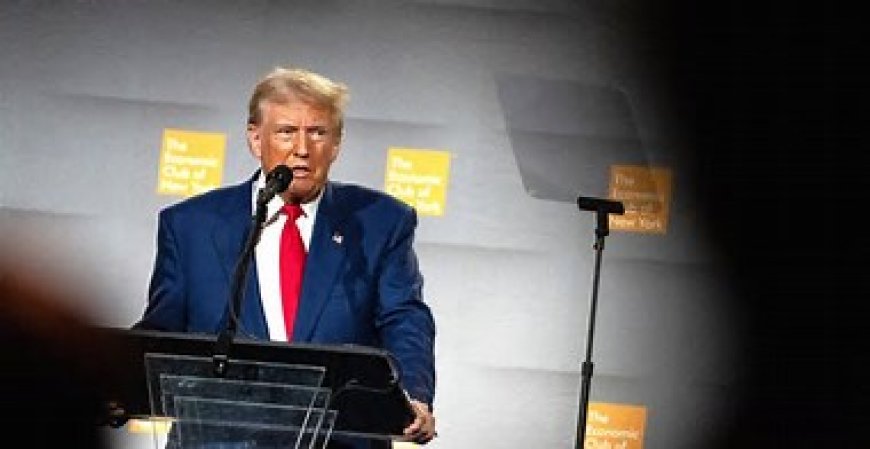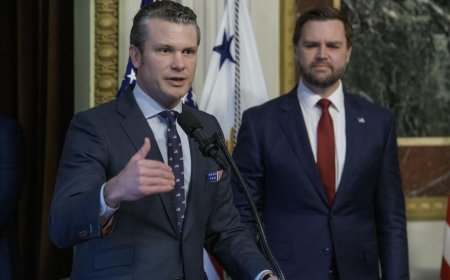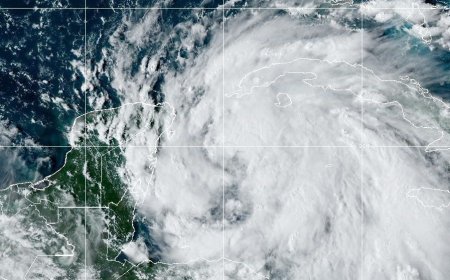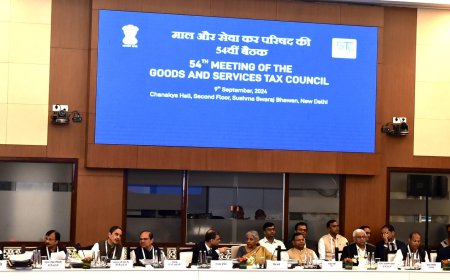Trump and Vance's Divergent Responses to Child Care Costs: A Closer Look
Former President Donald Trump and his running mate JD Vance were recently asked how they would address the high cost of child care, a significant issue for many American ..........

Trump’s Rambling Answer to Child Care Costs: A
Detailed Analysis
Former President Donald Trump and his running mate JD Vance were recently asked how they would address the high cost of child care, a significant issue for many American families. Despite the relevance of the question to their campaign platform focused on economic issues, their answers were notably divergent and lacked practical solutions.
JD Vance’s Approach:
JD Vance, addressing a conservative audience in Arizona, suggested that parents should rely on extended family members such as grandparents, aunts, and uncles for child care. He also proposed reducing training and certification requirements for daycare workers. While this approach is grounded in the immediate issue of child care, it overlooks families without nearby relatives or those who cannot afford to provide child care for free.
Donald Trump’s Response:
In contrast, Trump’s response at the Economic Club of New York diverged significantly from the question. Trump dismissed child care as a relatively minor issue compared to the larger economic changes he proposes, such as implementing tariffs on imports. He suggested that the revenue from these tariffs would be more than sufficient to address child care costs, although he failed to present a clear plan on how this would be achieved.
Trump’s discussion on child care was largely a rambling diversion that failed to address the specific concerns raised by Reshma Saujani, founder of Moms First and Girls Who Code. Saujani had highlighted the extreme costs of child care, which often exceed the cost of rent and burden working families significantly. Despite her detailed question, Trump’s response shifted focus to his broader economic policies, particularly tariffs, which he argued would generate substantial revenue.
Critique and Context:
A lack of specificity and relevance to the actual cost of child care characterized Trump’s answer. His comparison of childcare costs to potential tariff revenue did not offer any concrete proposals for alleviating the financial burden on families. Additionally, Trump’s reference to past initiatives, such as the child tax credit increase during his presidency, did not address the immediate needs and current realities faced by parents.
The discussion around child care remains a crucial issue, with significant economic implications for American families. While Vance’s suggestions are more directly related to the problem, they do not provide a comprehensive solution. Trump’s response, on the other hand, reflected a broader economic strategy that failed to connect with the specific needs of parents struggling with childcare costs.
Conclusion:
Both Trump and Vance offered responses that fell short of addressing the complexities of the childcare crisis. While Vance’s ideas were somewhat relevant but limited, Trump’s answer lacked practical details and focused more on his broader economic agenda. The ongoing debate highlights the need for more targeted and actionable solutions to support families facing high childcare expenses.
What's Your Reaction?



























































